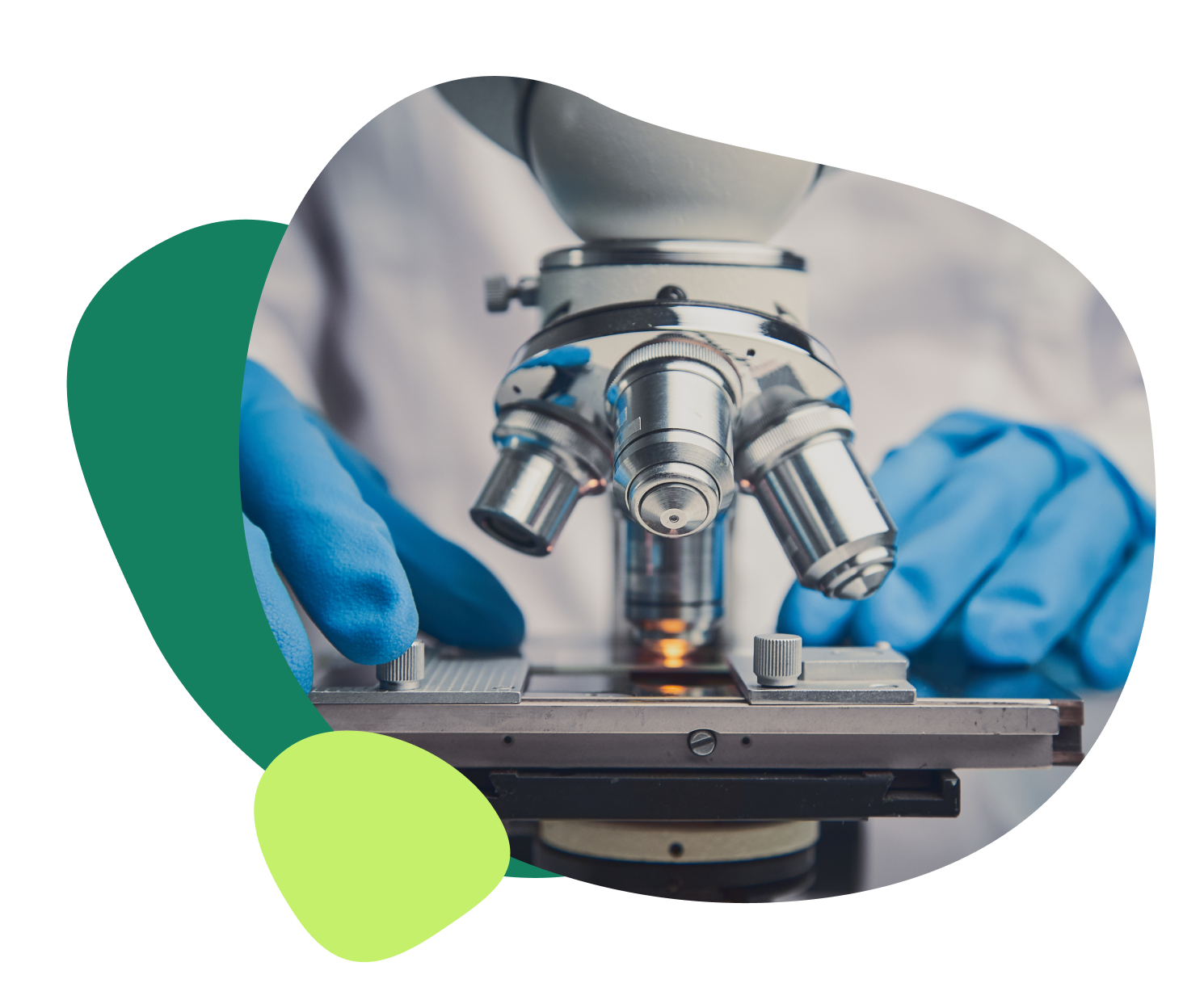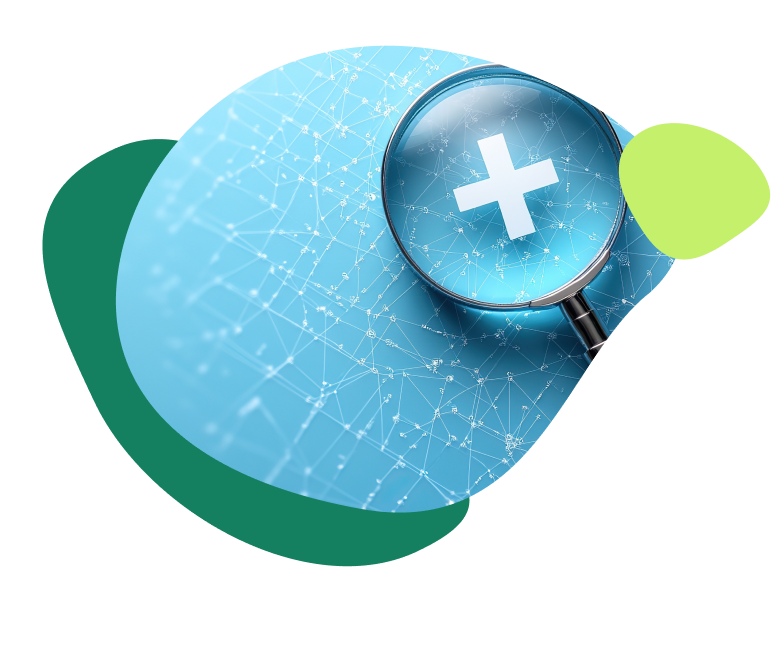Current research
Many teams of researchers, in France and around the world, are currently working on mitochondria and the diseases that result from their dysfunction, with several objectives.


Better understanding of mitochondrial diseases
Understanding a disease is essential to finding treatments. The dysfunctions that cause mitochondrial diseases are increasingly well understood. However, research continues because not all of them have been identified. Mitochondria play a role in immunity, but the immune system also appears to be a major player in certain mitochondrial pathologies. Similarly, mitochondrial defects may be involved in common pathologies such as amyotrophic lateral sclerosis (ALS or Lou Gehrig’s disease).
To advance knowledge of mitochondrial diseases, researchers are developing models (cellular, animal) to validate their approaches before being able to evaluate them in patients.
Improve diagnosis and monitoring
Diagnosing mitochondrial diseases remains complex. Research aims to facilitate and improve it, particularly by identifying new genes involved, and to propose a standardized diagnostic approach. Future diagnosis and monitoring could rely on biological parameters (biomarkers) that are even more reliable and easier to measure, for example, from a simple blood test.

Develop new treatments
Gene therapy
This type of treatment targets the nuclear genetic abnormality by providing the normal gene, preventing the diseased gene from being expressed, or correcting it. This is the case, for example, of gene therapy (GT) for Leber hereditary optic neuropathy (LHON), which provides the healthy gene. It is currently being evaluated in patients. GT approaches are also being studied in MNGIE and MELAS syndromes, as well as in TK2 deficiency.
Medicines (pharmacological treatments)
Much research is being done to identify drugs that can improve mitochondrial function regardless of the type of genetic abnormality involved, particularly those carried by mitochondrial DNA that are not amenable to gene therapy. Among the pharmacological avenues currently being explored are elamipretide, niacin (vitamin B3), nucleosides, L-arginine, vatiquinone, N-acetylcysteine, and zagociguat.
Active French research!
Some drugs must be developed from scratch, while others are already used in other pathologies: these are called repurposed drugs. Being able to use these drugs saves time since the results of their toxicity studies are already known. Thus, by screening drug banks that already have marketing authorization, the MitoScreen project has identified repurposed products that improve mitochondrial function. Five drugs are currently being evaluated in mitochondrial disease models (preclinical studies) as part of the MitoDrug program.